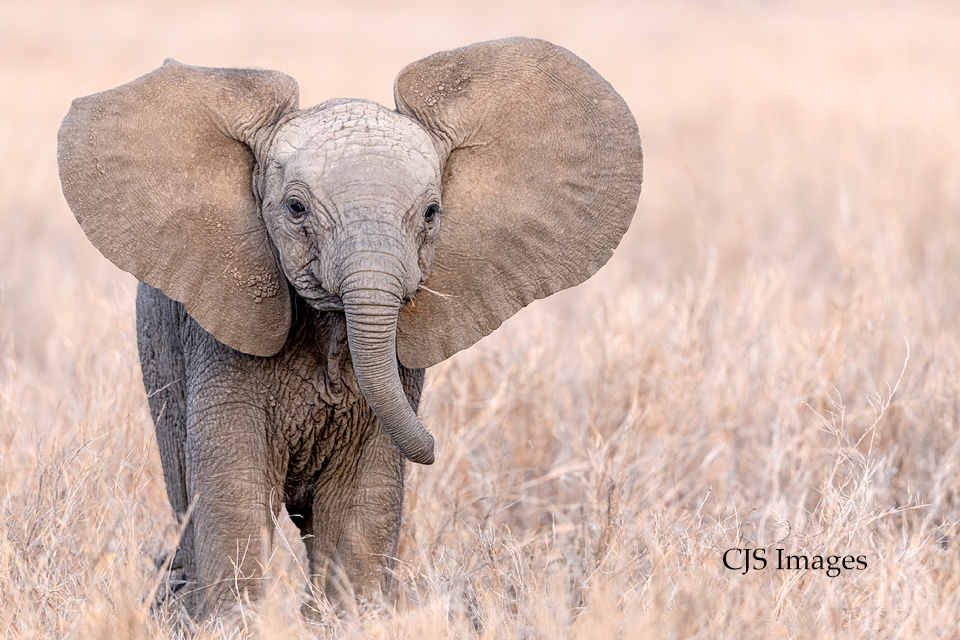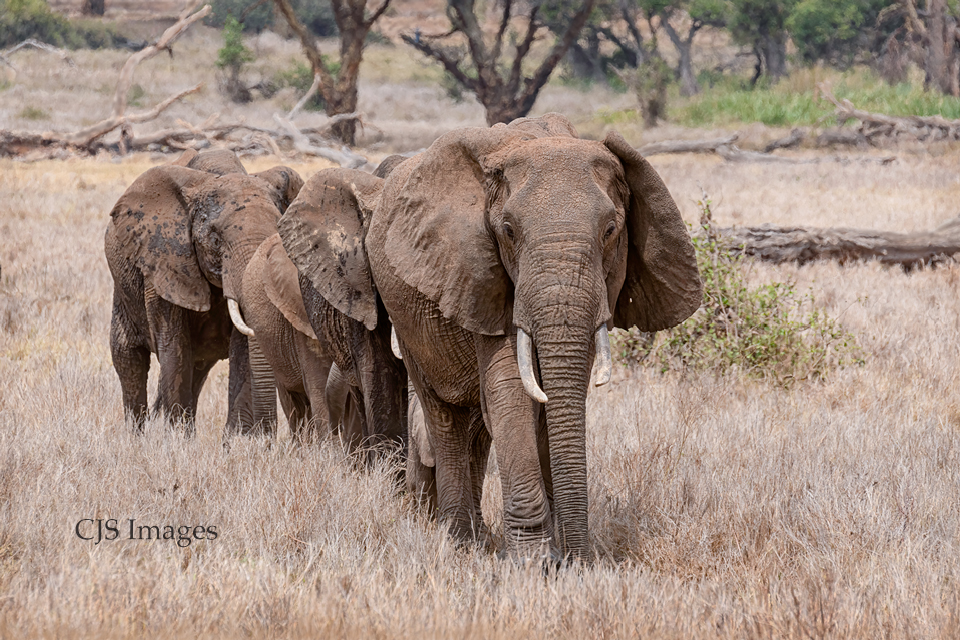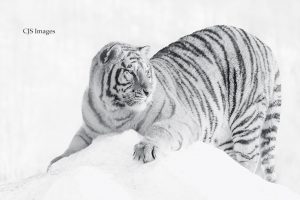Part I – Elephants
Lewa Conservancy is located just south of Samburu National Reserve at a higher altitude and at lower temperatures. It was originally founded as a Rhino Sanctuary in 1983 to protect the critically endangered black rhinos. In 1995 it became the Lewa Conservancy which is a privately managed conservation area that covers 65,000 acres owned and run by Kenyans for the benefit of the conservation of wildlife and the local Kenyan communities.
Endangered species like the Black Rhino and Greevy’s Zebras are of special importance as are the elephants that migrate through northern Kenya. The Conservancy is in large part responsible for the elephant underpass (tunnel) under the highways which had blocked their traditional migration route isolating them from needed feeding grounds. We had some wonderful encounters with the elephant herds there which I share below. I hope you enjoy the images!

As in the other areas that we visited there were many elephant calves. The first image is of a typical cow and her calves. Elephant cows only come into heat every 4 years and their gestation period is 22 months so there are frequently two calves with their mother. The older calf helps look after the younger.
The next three images are of an adorable little calf whose expressions changed from seeing us for the first time to curiosity, and then, acceptance.
If you’ve ever wondered what calves do with their long trunks while nursing the following image will answer that question.
In the last image two young calves help each other out of a marshy area. The older calf was in the process of pushing the little one up a slippery area to help her out.
(Click on an image to enlarge)
When there’s an elephant in the road he has the right away.
Bull elephants will leave their mother’s herd as adolescents at 13-14 years of age. Usually they will form or join bachelor herds. The herds have a hierarchy led by the dominant bull who will be challenged at times for dominance or for mating rights. These contests may be short, just testing strength or they may escalate into a full fledged fight with injuries or even death. This was the first time I had seen males fighting. The sheer power of these animals is amazing to see. Below are a few images from that encounter. We weren’t able to watch long enough to see the outcome, but I suspect the larger elephant won the challenge.
Elephant cows and their calves have tight family bonds and live in close matriarchal herds of related females and calves. The entire herd looks after the calves. It’s not always easy to see the calves (there are a couple in this group) as they move along because the adult elephants always shield them with their bodies from outside dangers. This small group had just come from the river for a drink and to spray water and mud on their bodies as protection from the sun and from insects.
Elephants live for 60-70 years. The elephants in northern Kenya are savanna elephants, the largest mammal in Africa. They are pretty remarkable animals. They think, feel and have the same ability as humans to make considered decisions. Their memories span decades and are passed to the next generation. They communicate with each other with direct and subtle movements, gestures and sign language, and can send sub-sonic rumbles that are beneath our hearing range over long distances. These messages are picked up by their feet which act like huge receivers. With their sense of smell they can smell a rainstorm from 150 miles away!
The following images are just a few of the big ones that we saw on our drives. The difference in color in the second image is from his mud bath. In the last image of the elephant eating I’m told (but have not seen it) that the male elephants with their incredible strength can stand on their hind legs to reach high branches. I would love to see and photograph that.
Thank you for following me on my journeys. If you would like to continue to follow me, and haven’t already signed up to be notified of new posts, please do so at the top of the page. More on Lewa Conservancy soon. Cheryl

















